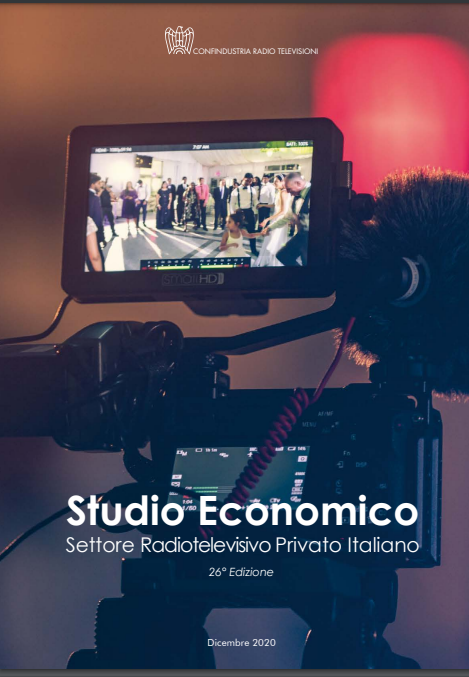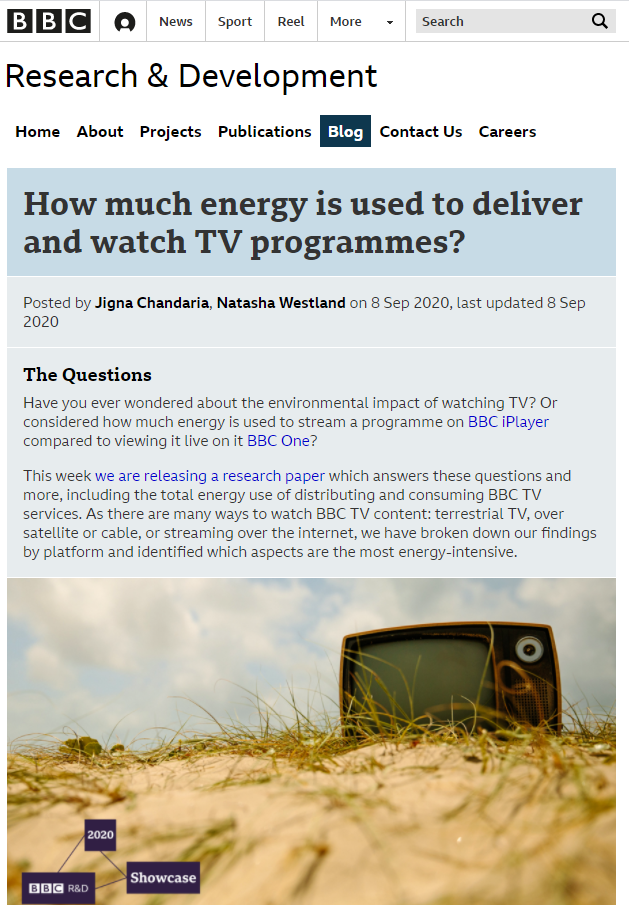
Source
The abolition of the radio and television licence fee does not please the workers of the public broadcasters, who went on strike on 26 June. A populist measure designed to ease the burden of inflation on French households, the abolition of the licence fee was one of President Emmanuel Macron’s battle horses in his campaign for the 2022 legislative elections. But workers fear that the more than three billion euro hole that will be created will take away the independence of public broadcasters, and argue that compensatory funds cannot be decided by the government, nor face the pitfalls of the annual finance law. In France, the fee amounts to 138 euros per year (88 for residents abroad) and is only payable by households that own a TV set: those who watch programmes from smartphones, PCs, TVs and tablets pay nothing. The radio networks (France Inter, France Culture, France Musique, France Bleu, FIP), the television stations and France Media Monde (France 24, RFI and MCD) are affected.





